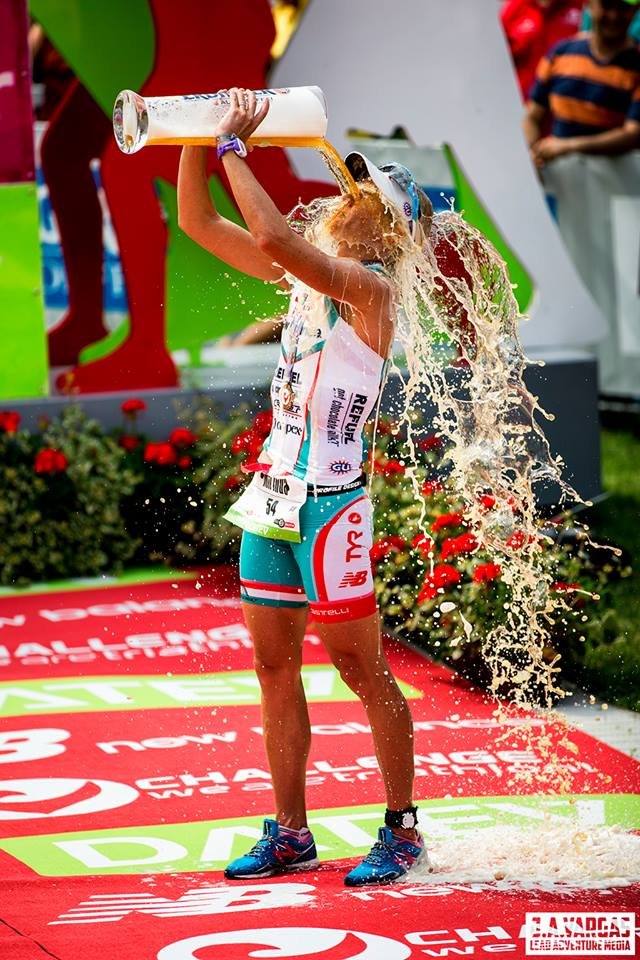Triathlon Packing List
Personal Items:
For international events:
Passport with at least 6 months validity (check individual country requirements) and your photo I.D. (driver’s license), plus one physical copy or photo of these items, in case you lose the originals
ETIAS (for European countries) beginning in 2024 (See etias.com for more information)
Health insurance card
Proof of travel insurance or medical travel insurance policy, as required
Copy of all official race or training camp registration documents
Your USAT membership license, or equivalent from your home country
Mobile phone, laptop, pad, or other electronics
Chargers, and 1-2 universal power outlet adapters
Any medications, vitamins, nutritional supplements, prescription eyeglasses, etc.
Road I.D. or other emergency-responder wristband
Credit card, AMEX and/or debit card (advise your financial institution in advance that you will be traveling internationally); RFID wallets are also helpful.
Some cash for incidentals
Car keys and house keys
Luggage Tags for all items
Small hand sanitizer or disinfectant wipes (useful when flying)
Race Week:
A lightweight or rain jacket
Sunscreen spray or cream (packed in your checked luggage)
Sunglasses
Comfortable clothing and shoes/sandals
A few favorite snacks to keep in your room (stored in airtight bags stowed in checked luggage)
Refillable water flask or bottle to stay hydrated
Swim:
2 pairs of goggles (one for race day and a “spare”)
Flip flops or sandals
Swimsuit
Wetsuit - Sleeveless or Full Sleeve - if legal to do so. (Pro Tip: Always use what works best for YOU; check water temps and race regulations in advance)
BodyGlide for easy in/out of your suit
Trisuit or your race day kit
Ear plugs and/or nose plugs if you use them regularly (Pro Tip: Don't try anything “New” on race day!)
Swim cap for practice swims
Lip balm
Foggies or any other goggle de-fogging product
Transition Bag (this one is our “go to” for race travel)
Small towel
Bike:
Your bike and wheelset
Helmet (Pro Tip: Your race helmet must be in PRISTINE condition with all appropriate manufacturer’s stickers inside)
Bike shoes
Bike pedals
“Bento” box or other nutrition storage system
Chamois Cream
Pedal wrench and Allen wrenches (if you are assembling it yourself)
Bike bottle cages and bottles (or bike hydration system)
Spare tubes
Tire levers (if you race with clinchers)
Electronics – bike computer, power meter, chargers, etc.
Sunglasses for the bike
Zip Ties
Electrical tape
Special nutrition
C02 cartridges can be purchased at the expo; never ship or travel with C02 cartridges on an aircraft
Identification tag for your bike box
Run:
Race day kit
Running shoes
Socks – if you wear them
Race laces like Lock Laces for your shoes if you routinely train with them
Running shoe inserts – if you use them
Sunglasses for the run
Hat or Visor, preferably with built-in sweat band
Electronics – watches, etc. and chargers
Run belt for nutrition storage
Bib number race belt or safety pins
SPECIAL NEEDS NOTE: If you are racing Challenge Roth, there is no such thing as a “Special Needs Bag.” Please read the Challenge Roth Athlete Guide and notes on the race website regarding race day course nutrition, aid station placement, what’s provided at each aid station, etc.
Post-Race Bag:
Jacket, light clothing to change into
Clean socks / shoes / sandals and any special post-race recovery products
Protein bar
Additional Travel Considerations
Tips on international travel from the United States:
Check the entrance requirements for the country you are traveling to at state.gov. In 2024 it will be necessary for US citizens to apply through ETIAS for a Visa-like approval to enter European countries. An app is available and the fee is expected to be around $8 to process your application.
When flying internationally on long-haul flights, we recommend and use compression socks to keep your legs fresh and help in the prevention of DVT (deep vein thrombosis or blood clots). It is also important to stay well-hydrated during your flight, move about the aircraft frequently, and use items like neck pillows, eye masks and ear plugs to help with sleep. Most flights to Europe from the US will be overnight flights, and these tips will help you land refreshed for your first morning in Europe.
Try to limit or abstain from alcohol consumption when flying as it can contribute to dehydration and hamper your efforts to adjust to your new time zone.
Our best advice to cure your jet lag is to avoid napping, get some light exercise in the sunshine, adapt to life in the new time as quickly as possible. It will be tough on day one, but you will thank us later when you try to stay awake, get moving, and get to bed that night. You should wake up on day two feeling great, and ready for the new day!






